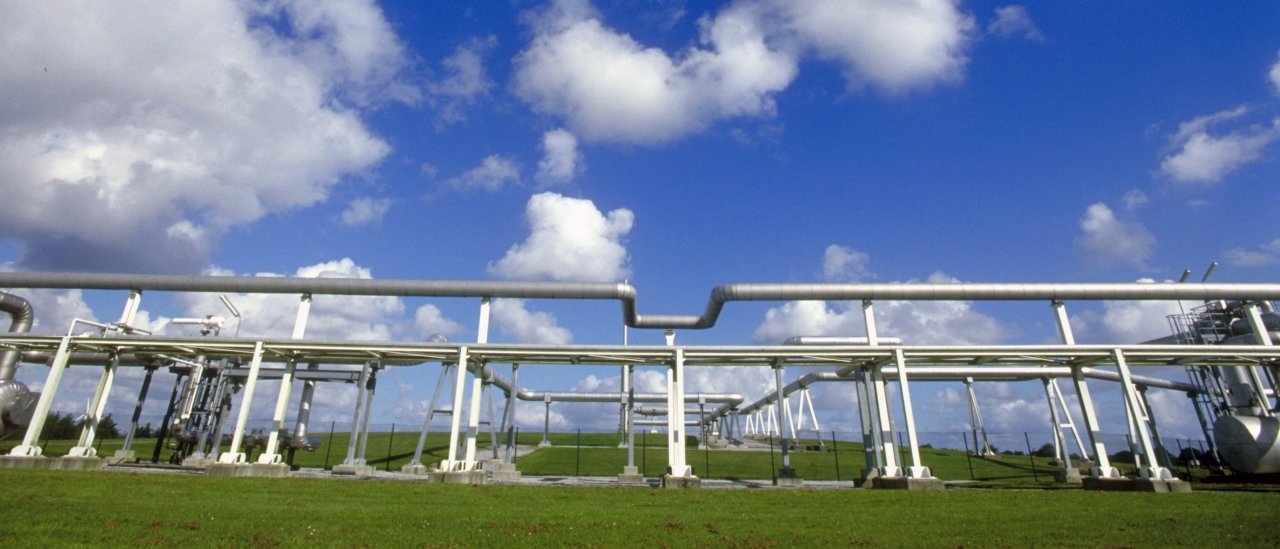The European Commission started the revision process of the Regulation on the Trans-European Networks for Energy (TEN-E). The revision aims to ensure that the pan-European infrastructure planning rules are in line with the EU’s climate goals, in addition to the security of supply and internal market concerns. In this context, the mainstreaming low carbon energy vectors – including hydrogen and carbon capture and storage (CCS) – become increasingly important. In this article, Energy Solutions member Equinor examines how the revised TEN-E rules can better integrate innovative energy solutions.
At its base, the TEN-E Regulation serves to complete the internal energy market and to strengthen security of supply – the two core building blocks for a liberalised and resilient energy market. These rules should now be made to align with the clean energy transition goals and contribute to decarbonising the power and gas networks across Europe and to integrate them in better and smarter ways.
Direct emissions abatement from highly-concentrated emission points – such as the industrial plants – has been part of the EU’s decarbonisation strategy, which has yet struggled to take-off. However, the European CCS network envisioned today is not the network of 10 years ago. The first wave of CCS projects in Europe were vertically integrated point-to-point CCS projects on power installations. They were developed independently and had little to do with the idea of a shared European CO2 transport network. Ever since, the project designs have matured, and business models have shifted considerably. Most CO2 transport projects on the 4th PCI list focus on industrial emissions from Europe’s energy-intensive clusters and their transport solutions concepts are flexible. This means that multiple capture and storage parts of the CCS value chain can be advanced separately, but coherently. The TEN-E rules on CO2 transport network development are crucial to get the European CCS network going. They should thus be updated in line with new project concepts and a more flexible approach to CO2 transport network.
The revised TEN-E rules should move away from an inflexible and costly pipeline-only design towards a multi-modal (maritime, road, rail) network design. This would ensure pipelines are built where volumes are guaranteed and smaller emitters could rely on other cost-competitive forms of CO2 transport, including shipping. Furthermore, the rules on CO2 transport should promote cluster symbiosis. This could include new PCI categories such as repurposing of infrastructure or infrastructure for advancing more circularity within clusters and between them.
The European Green Deal envisions a pivotal role for clean hydrogen as a flexible energy carrier that can complement renewable energy. To move in line with 2030 and 2050 decarbonisation ambitions, the EU needs to advance combinations of known technologies to produce hydrogen such as methane reforming and CCS to produce clean hydrogen from natural gas in addition to the electrolyser technology.
The reformed TEN-E rules, building on the existing framework of natural gas, could be the centrepiece of advancing clean hydrogen projects and achieving a gradual phase-in and related infrastructure of hydrogen. It should recognise clean hydrogen as an energy vector under the thematic areas of the Regulation. Furthermore, it should facilitate cooperative workstreams to cluster hydrogen-ready member states; promote clean hydrogen infrastructure projects’ advancement; and address standardisation and safety issues in a timely manner. The new rules for hydrogen network development should be comprehensive and non-discriminatory with regard to the transport modes or the origin of clean hydrogen, thereby enabling a cost-efficient network development. Finally, they should integrate fully with the Ten-Year Network Development Plans (TYNDP) of ENTSO-G and ENTSO-E and National Energy & Climate Plans.
Together with the EU’s Energy System Integration Strategy and the NECPs, the TEN-E Regulation should aim to trigger large-scale decarbonisation projects. That includes sufficient funding levels, combining both national and EU level funding. A coordinated and coherent approach to a regulatory and funding framework for low carbon projects will be crucial to advance the EU’s climate ambitions. The TEN-E plays a central role in enabling the EU’s vision of future decarbonised energy systems.
*Photo credit: Equinor, Hans Peter Heikens
